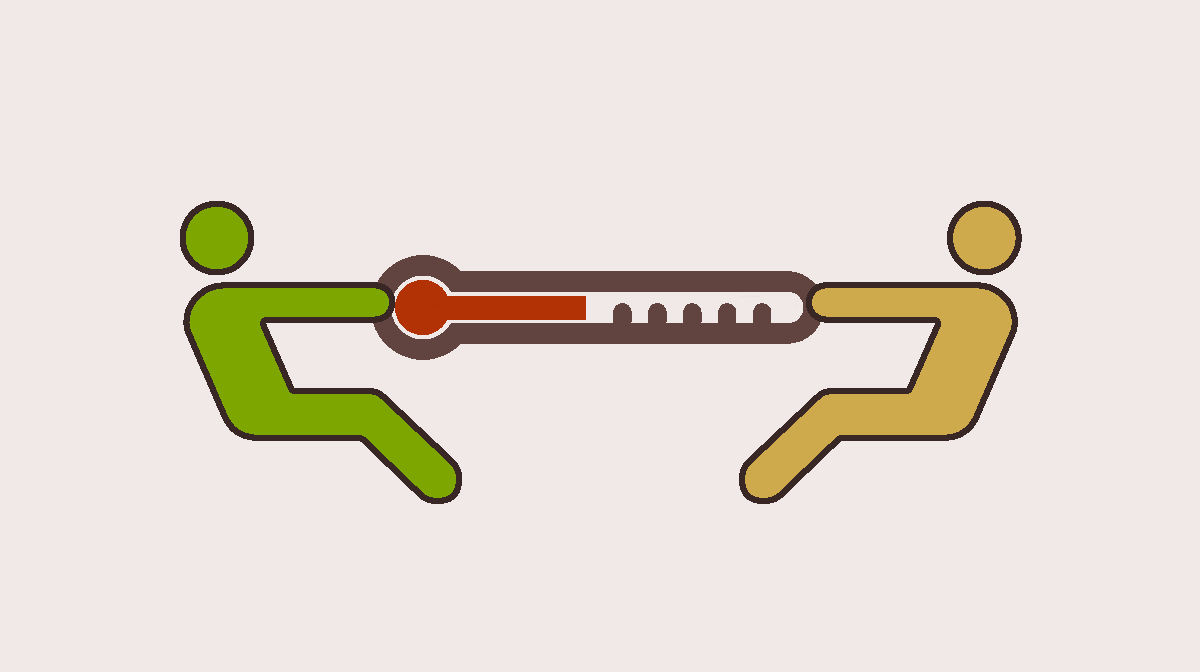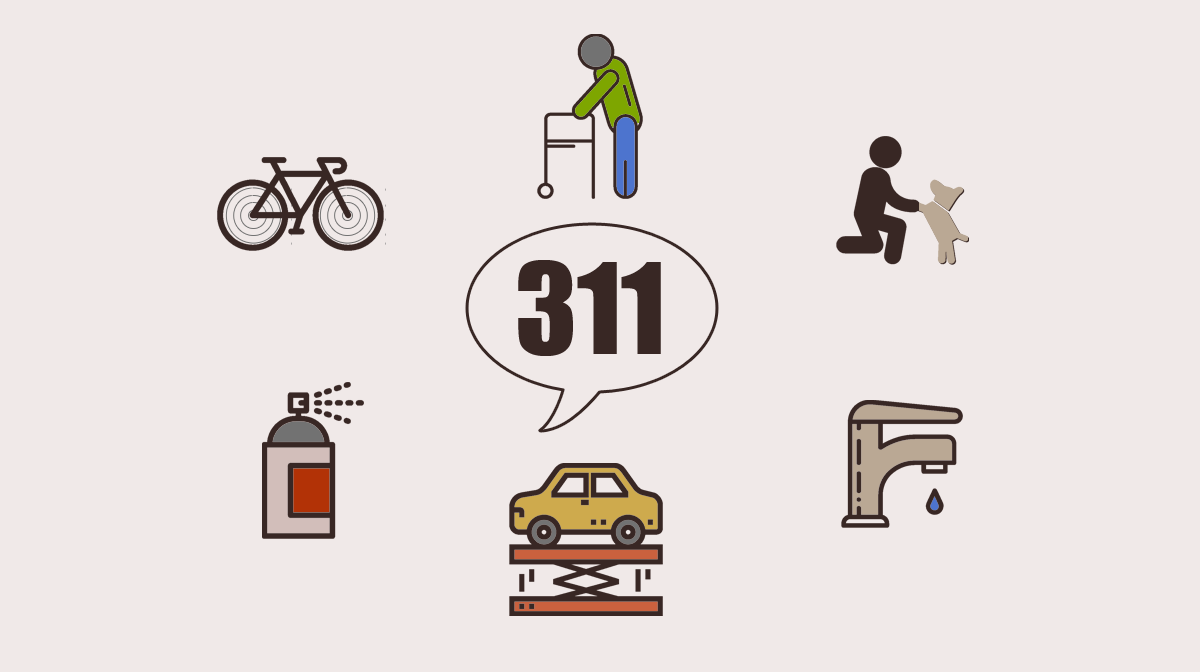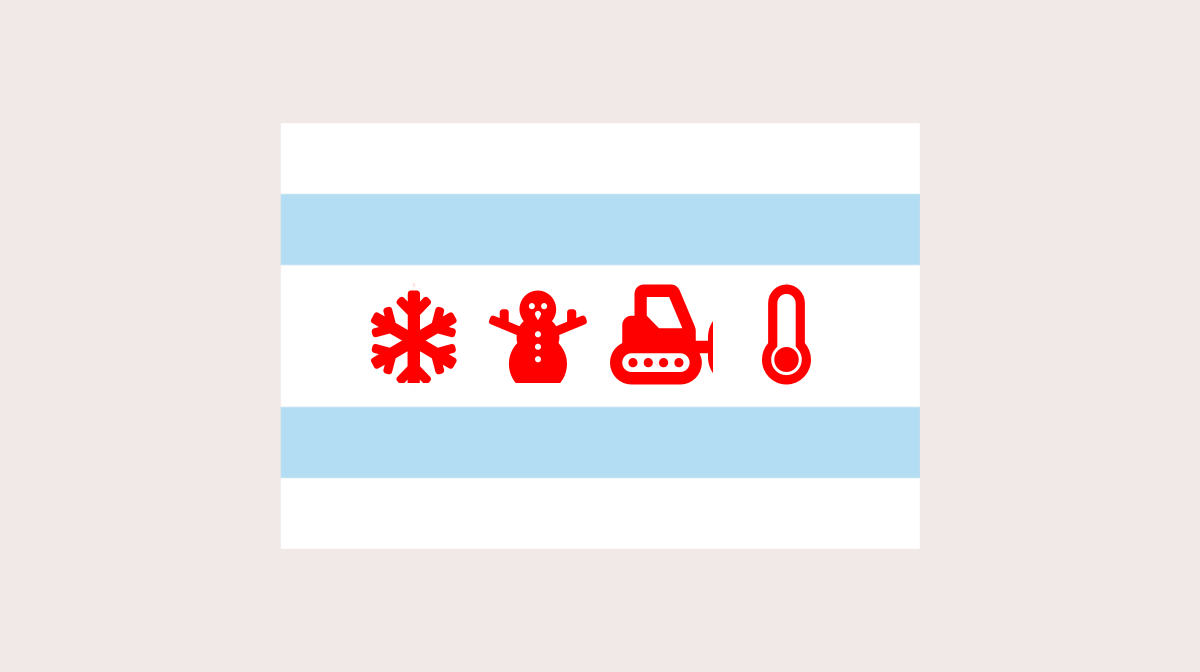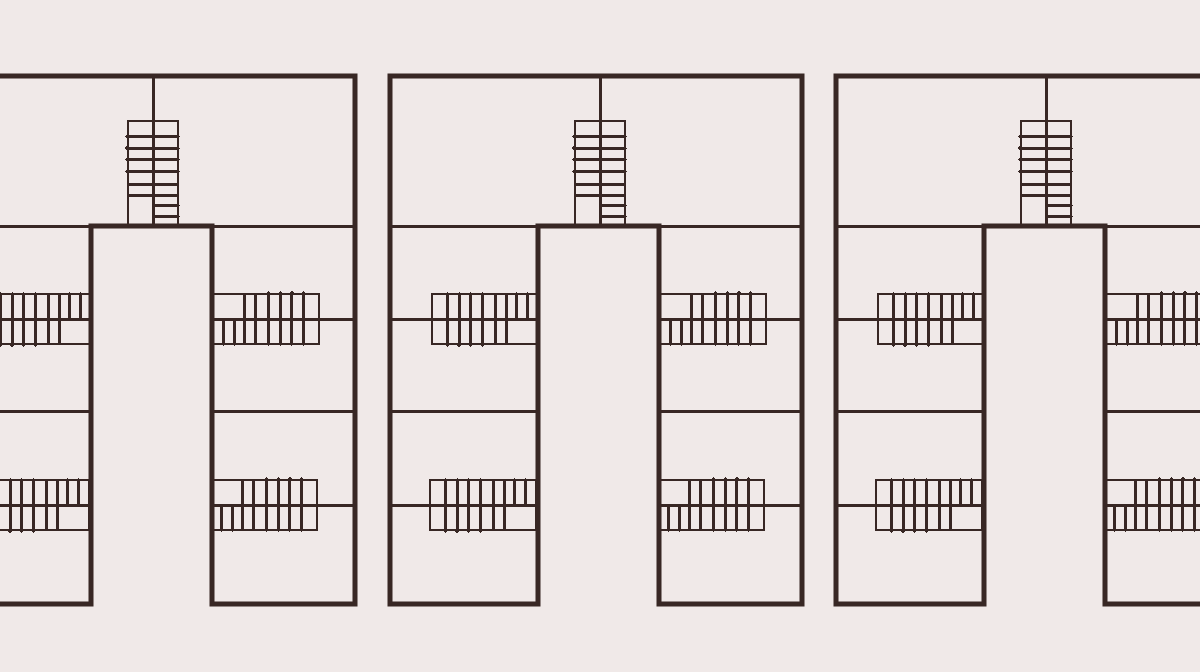Recently one of the people I follow on Twitter asked why the minimum temperatures in Chicago apartments are so high. She stated that she keeps her home in the 50-60 degree range all winter long, and was concerned that apartment buildings are wasting energy by keeping temperatures so much higher than she does in this era of growing climate and energy usage concerns. This question of course sent me off down a rabbit hole through archival versions of the historic Chicago Municipal Code and the library's archives of the Chicago Tribune. Again.
Today we'll be looking at how the Chicago Heat Ordinance (or the "minimum residential temperatures ordinance") evolved from its first drafts in 1922 through the present day. Continue reading Progress by Degrees: A History of the Chicago Heat Ordinance





